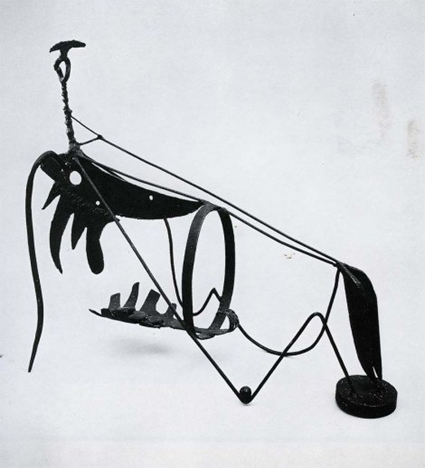In 1951, the American sculptor David Smith wrote a series of notes about life in his studio at Bolton Landing, on Lake George in New York State. Nowadays those notes read like missives from a bygone age, a time when artists had a nearly messianic sense of vocation and felt romantically compelled to work and to live as if each day might be their last:
“My work day begins at 10 or 11 a.m. … The work day ends from 1 to 2 a.m. with time out for coffee at 11.30. My shop here is called the Terminal Iron Works, since it closer defines my beginning and my method than to call it ‘studio’”.
“I like my solitude, black coffee, and daydreams … The work flow of energy demanded by sculpture wherein mental exhaustion is accompanied by physical exertion provides the only balance I’ve ever found, and as far as I know is the only way of life.”
“After 1 a.m. certain routine work has to be done, clearing up, repairing machines, oiling, painting, etc … After several months of good work, when I feel I deserve a reward, I go to New York, concerts at YMHA, gallery shows, museums, eat seafood, Chinese, go to Eddie’s, Nick’s, Sixth Avenue Cafeteria, Artists Club, Cedar Tavern, run into up-late artists, bum around chewing the fat, talk shop, finish up eating breakfast on Eighth Street, and ride it as hard and as long as I can for a few days, then back to the hills.”
“David Smith: Sculptures”, at Tate Modern, succeeds so well as an exhibition because it captures so fully the artist’s inexhaustible energy, mercurial temperament and vaulting ambition. Conceived to celebrate the centenary of his birth, the show contains some eighty of...


